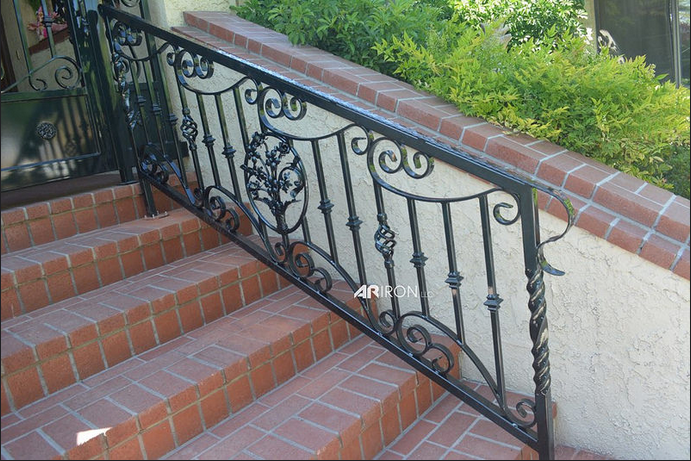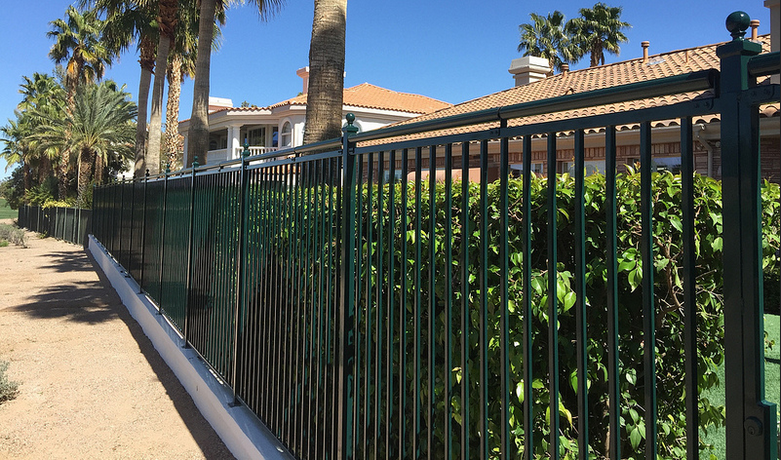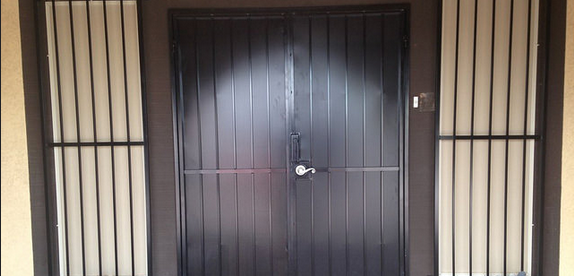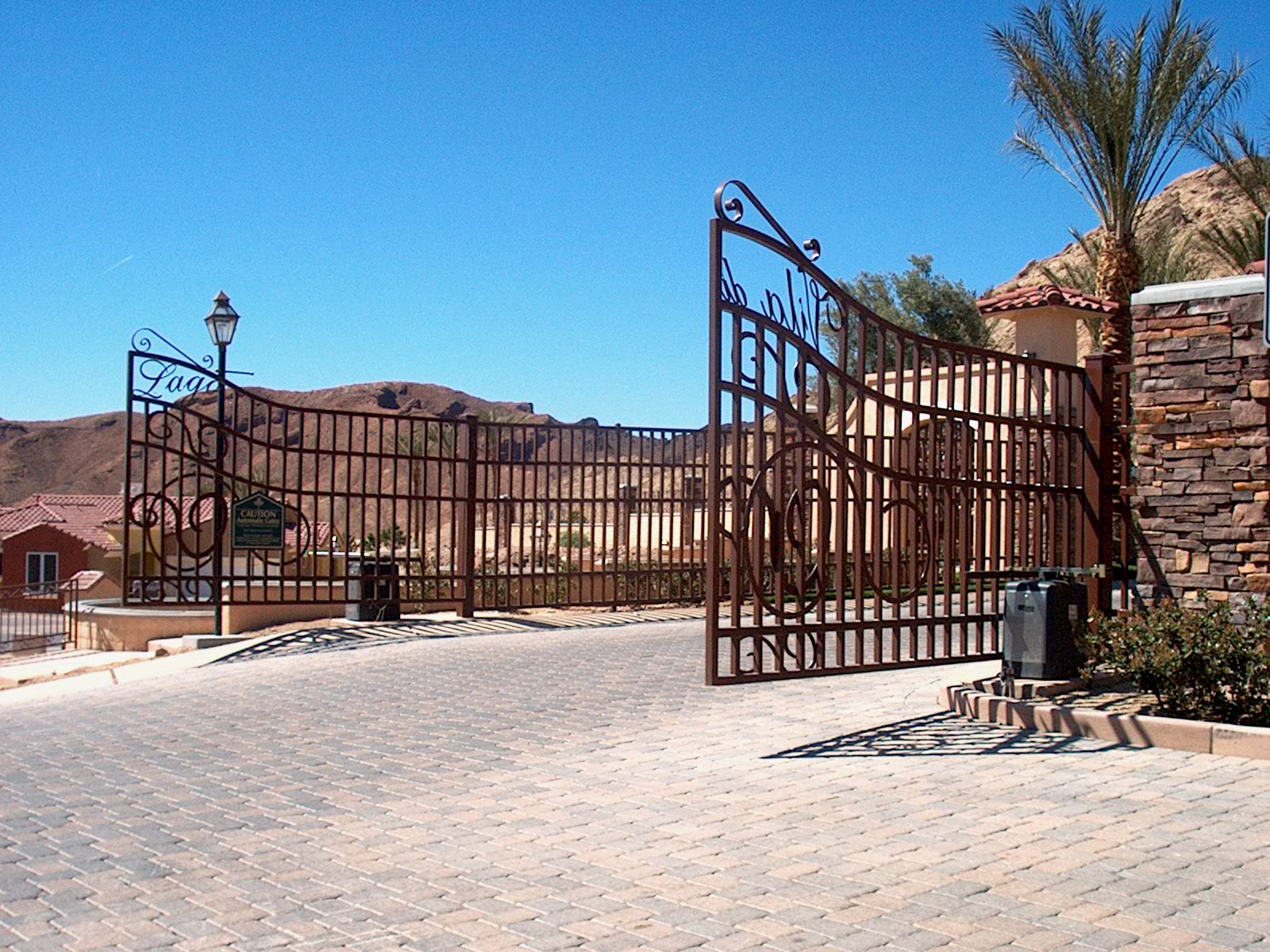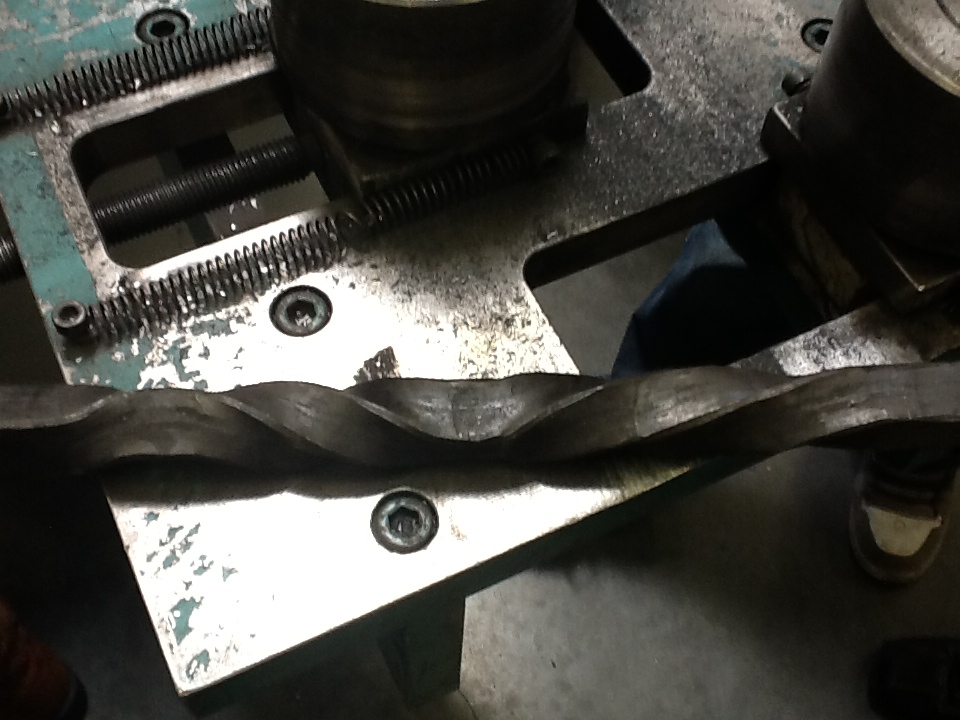
How Forging Metal Works
Forging is the process of creating metal items. While now there are other manufacturing processes to form metal items, in the past any metal item, from swords and knives to wrought-iron doors and artwork, was formed through the forging process. It is the reason why metal is so strong and can stand up to such heavy use and punishment. Have you ever wondered how the forging process works and why? Here is an overview of the metal forging process, how it works and why it produces such superior metal products.
Forging Metal
At its most basic, the process of forging metal involves the application of compressive forces which deform a piece of metal and affect changes to its shape and structure. In the iron and steel industry, forging is to this day a vital part of the manufacturing process. It notably improves the structure and tensile strength of the metal that comes out of it.
Strength of Parts
Metal parts that are formed of the forging process tend to be some of the strongest pieces out there, especially when compared to other processes like casting. Some metals are easier than others to forge, but the most common metals used in this process are steel, iron, aluminum, copper, magnesium, titanium and nickel. Each metal has its own design and technique. The reason metal parts are stronger when forged is because the process compacts the metal tightly to increase its density, close up cracks and eliminate bubbles and empty spaces within the metal. It reduces impurities by breaking them down and spreading them throughout the metal instead of allowing them to concentrate in one area. Overall, it reduces stress points, improves the density ran structure and removes faults.
Testing Forgeability
When metal is to be forged, it must be tested to determine how well it will handle the process. This testing occurs by compressing, impacting or twisting the metal until it cracks or breaks. The degree to which the metal can handle being upset or twisted is an indicator of its forgeability. If metal has been forged and re-forged too many times, it often loses its tolerance for the process.
Precision Forging
Modern forging processes are exceptionally precise due to advances in technology and design. This process can produce very little flash and finishing; the forging process produces a final product that is near-finished when it comes out of the forge. This is in comparison to older techniques where the forge would give a basic shape, which would then have to be painstakingly detailed and completed by hand. Forged steel and wrought iron doors, fences, gates, furniture and artwork are strong, durable, last for many years and carry a sense of classic beauty and aesthetics that cannot be beat. If you would like to add a touch of classic strength and elegance to your home, check out our forging process and give us a call for answers to all of your questions today!

